Understanding the Types of Stains
Before diving into the cleaning process, it’s crucial to understand the types of stains that can affect your bathtub. Different stains require different cleaning methods and products. Common stains include soap scum, hard water stains, mold and mildew, rust, and general grime. Soap scum is a filmy residue left behind by soap and water, often appearing as a dull, white film on the surface of your tub. Hard water stains result from mineral deposits, primarily calcium and magnesium, which leave unsightly spots and streaks. Mold and mildew thrive in damp environments, manifesting as black or green patches that can be both unsightly and unhealthy. Rust stains, often caused by metal objects left in the tub or old pipes, leave reddish-brown marks. General grime includes dirt, oils, and other residues that accumulate over time. Identifying the specific type of stain on your bathtub is essential for selecting the most effective cleaning approach.
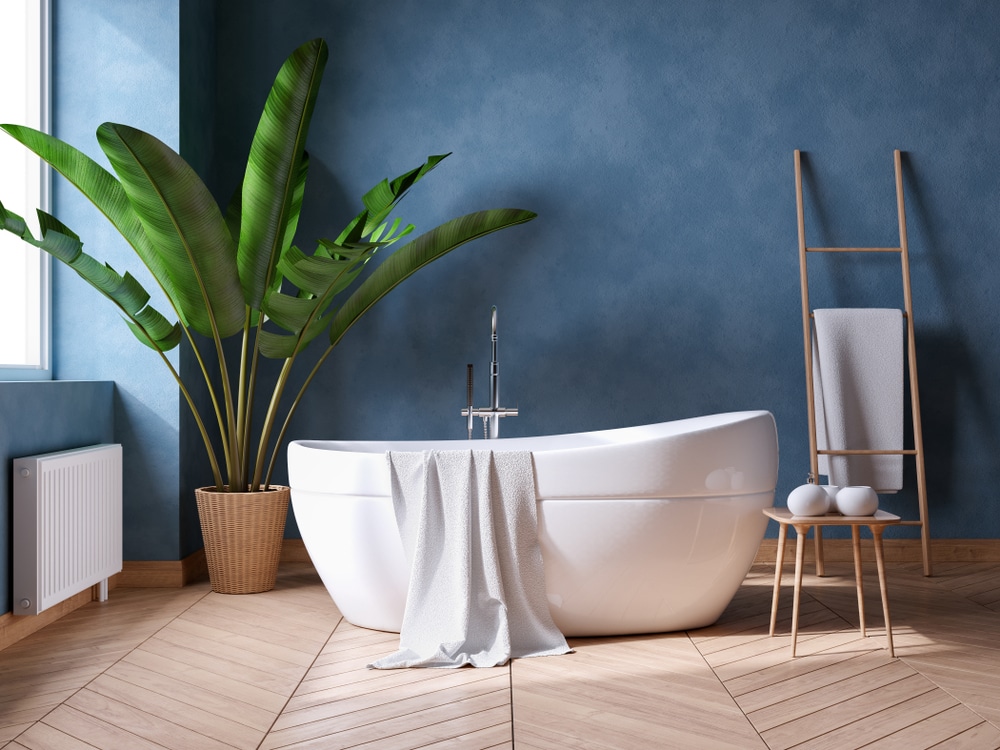
Gathering Your Cleaning Supplies
Once you’ve identified the stains, gather the necessary cleaning supplies. Having the right tools on hand will make the cleaning process more efficient and effective. For most bathtub stains, you’ll need a combination of natural and commercial cleaning agents. Common household items like baking soda, vinegar, lemon juice, and hydrogen peroxide are excellent for tackling various stains. Additionally, commercial cleaners designed specifically for bathroom use can be very effective. You’ll also need non-abrasive scrubbing pads or sponges, a soft-bristled brush, an old toothbrush for grout and corners, microfiber cloths, and protective gloves. Depending on the severity and type of stains, you might also need a pumice stone or a magic eraser. Having all these supplies ready before you start ensures you won’t have to interrupt the cleaning process to search for additional materials.
Preparing the Bathtub for Cleaning
Before applying any cleaning agents, it’s important to prepare the bathtub properly. Start by removing all personal items, such as shampoo bottles, soap dishes, and bath toys, to give yourself unobstructed access to every part of the tub. Rinse the bathtub with warm water to wash away loose debris and grime. If there is any standing water, drain it completely. This initial rinse helps prevent dirt from spreading and ensures that the cleaning agents can penetrate the stains more effectively. Next, ventilate the bathroom by opening windows or turning on the exhaust fan to help dissipate any fumes from the cleaning products. Adequate ventilation is especially important if you’re using commercial cleaners that contain strong chemicals. Make sure to wear protective gloves to protect your hands from harsh substances and to avoid skin irritation.
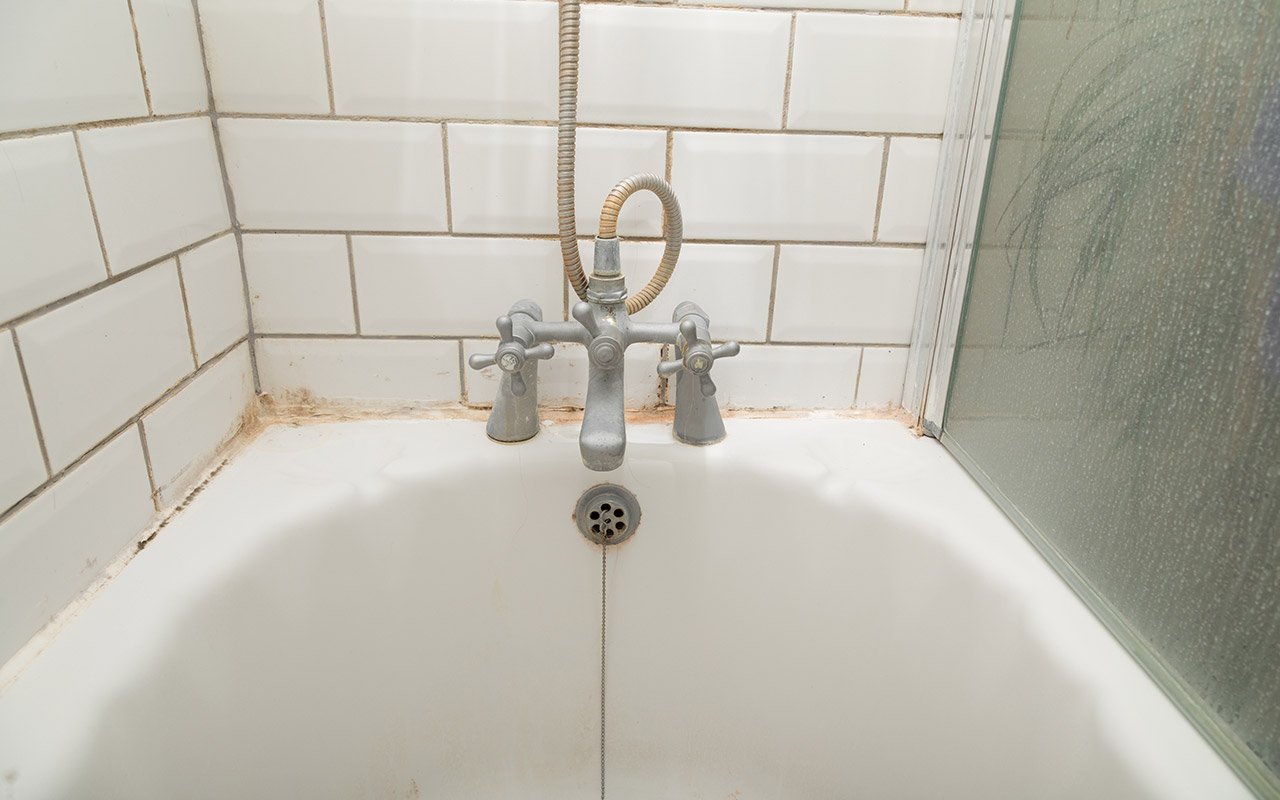
Tackling Soap Scum
Soap scum can be particularly stubborn, but it can be effectively removed with the right approach. Start by making a paste with equal parts baking soda and water. Apply this paste directly to the areas affected by soap scum. Let it sit for about 15-20 minutes to allow the baking soda to break down the residue. After the waiting period, use a non-abrasive sponge or scrubbing pad to scrub the area gently. The baking soda paste acts as a mild abrasive that lifts the soap scum without scratching the surface of the tub. For tougher spots, you can add a bit of vinegar to the paste. The chemical reaction between the baking soda and vinegar will help dissolve the soap scum more effectively. Rinse the area thoroughly with warm water to remove any remaining residue, and dry the surface with a microfiber cloth to prevent new soap scum from forming.
Removing Hard Water Stains
Hard water stains are another common issue that can mar the appearance of your bathtub. These stains are typically caused by the buildup of minerals like calcium and magnesium. To tackle hard water stains, mix equal parts of white vinegar and water in a spray bottle. Spray the solution generously over the stained areas and let it sit for at least 15 minutes. The acidity of the vinegar helps to dissolve the mineral deposits. After the soaking period, use a soft-bristled brush or a non-abrasive sponge to scrub away the stains. For particularly stubborn stains, you can apply undiluted vinegar directly to the affected areas and let it sit for a longer period, up to an hour. Rinse thoroughly with warm water and wipe dry with a microfiber cloth. If you still see traces of hard water stains, repeat the process until the stains are completely gone.
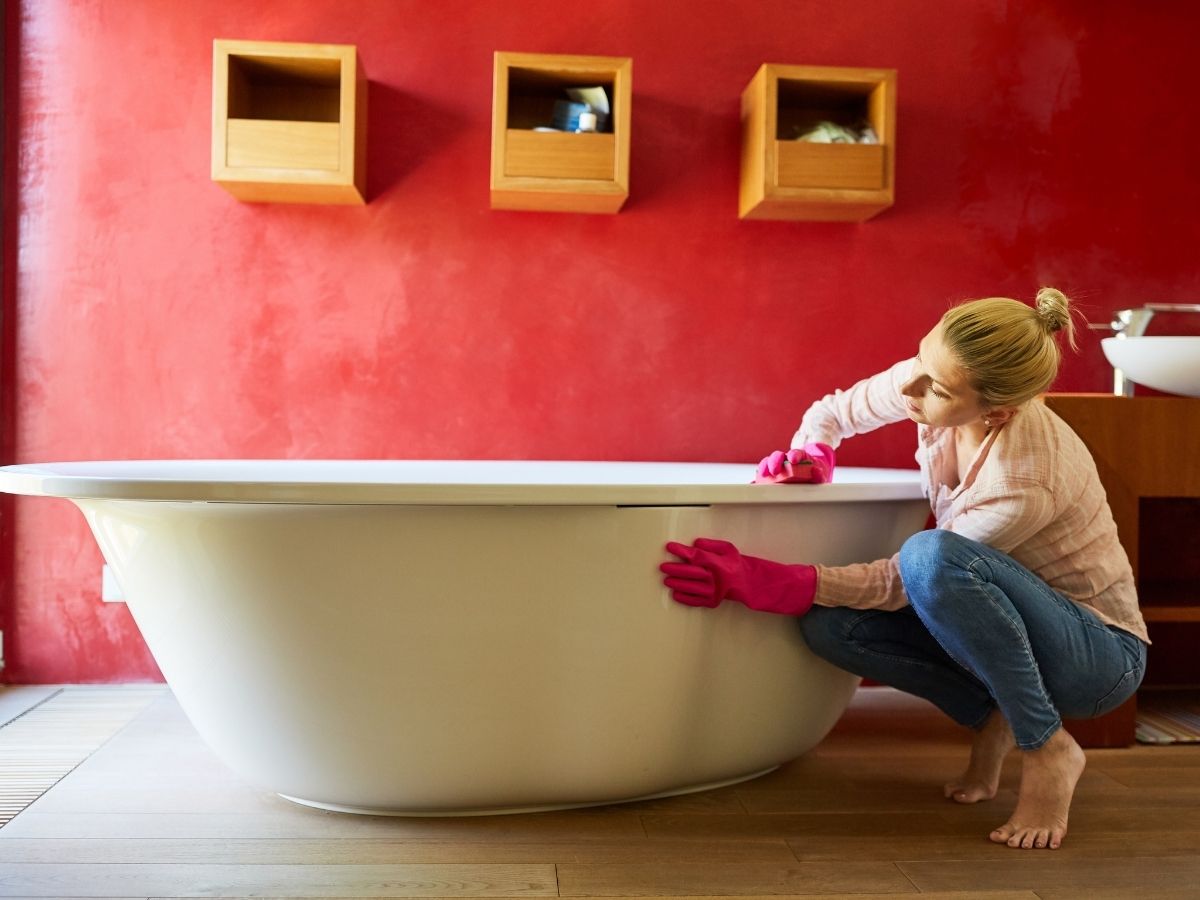
Eliminating Mold and Mildew
Mold and mildew not only discolor your bathtub but can also pose health risks, so it’s crucial to address them promptly. Begin by mixing a solution of one part bleach to ten parts water in a spray bottle. Spray this solution generously on the moldy or mildewed areas and let it sit for at least 10-15 minutes. The bleach will kill the mold and mildew spores, preventing them from spreading. Use an old toothbrush to scrub the affected areas, paying special attention to grout lines and corners where mold tends to accumulate. After scrubbing, rinse the area thoroughly with warm water to remove any bleach residue. For those who prefer a natural alternative, a mixture of baking soda and water can be used in place of bleach. Create a thick paste and apply it to the moldy areas, allowing it to sit for the same amount of time before scrubbing and rinsing. Ensuring the bathtub is completely dry after cleaning will help prevent future mold and mildew growth.
Addressing Rust Stains
Rust stains can be particularly challenging to remove, but they are not impossible to tackle with the right approach. Lemon juice and salt are a powerful combination for dealing with rust stains due to their acidic and abrasive properties. Start by sprinkling salt directly onto the rust stain. Cut a lemon in half and squeeze the juice over the salted area, ensuring it is thoroughly soaked. Let this mixture sit for several hours, or even overnight, to allow the acid in the lemon juice to dissolve the rust. Once the waiting period is over, use a non-abrasive sponge or scrubbing pad to scrub the stain gently. Rinse the area with warm water and wipe it dry with a microfiber cloth. If the stain persists, a commercial rust remover specifically designed for bathroom fixtures may be necessary. Follow the product instructions carefully and ensure proper ventilation while using such cleaners.
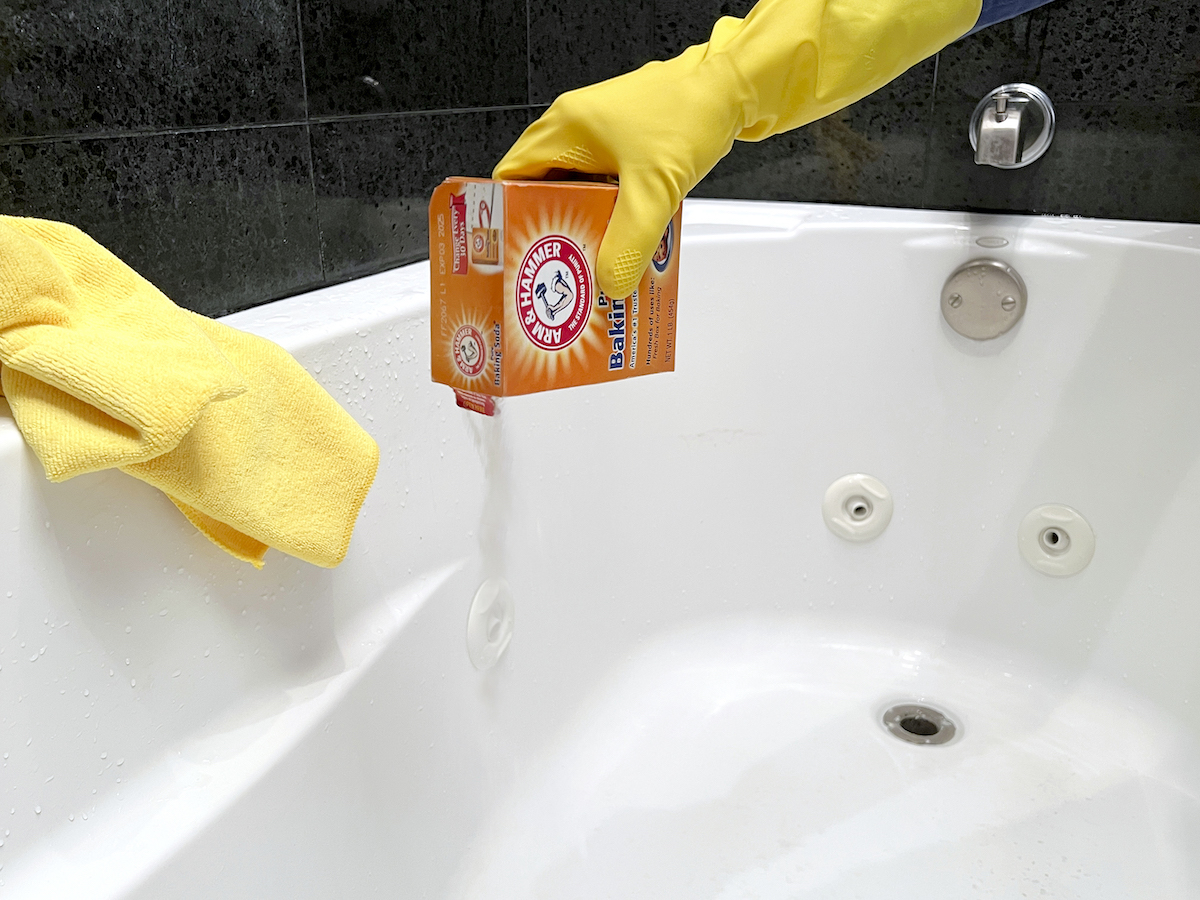
General Grime and Daily Maintenance
General grime, including dirt, oils, and other residues, can gradually build up in your bathtub, making regular cleaning essential. For routine cleaning, a mixture of dish soap and warm water is highly effective. Fill a bucket with warm water and add a few drops of dish soap. Dip a non-abrasive sponge or cloth into the soapy water and wipe down the entire surface of the bathtub, paying extra attention to areas with visible grime buildup. For stubborn spots, create a paste using baking soda and water, and scrub gently with a sponge. Rinse the tub thoroughly with warm water and wipe it dry with a microfiber cloth. To maintain a clean bathtub, consider implementing a regular cleaning schedule, such as wiping down the tub after each use and performing a more thorough cleaning weekly. This routine maintenance will help prevent stains from becoming deeply embedded and reduce the need for intensive cleaning sessions in the future.
Preventive Measures to Keep Your Bathtub Clean
Prevention is key to keeping your bathtub looking pristine and reducing the frequency of deep cleaning sessions. Implementing a few simple measures can significantly extend the time between major cleanings. First, always rinse the bathtub thoroughly after each use to remove soap residue and prevent the buildup of soap scum. Installing a water softener can help reduce hard water stains by minimizing mineral deposits. Use a squeegee or a microfiber cloth to wipe down the tub’s surface after each use, preventing water spots and reducing moisture that promotes mold and mildew growth. Avoid leaving metal objects in the tub, as these can cause rust stains. Additionally, consider using a bathtub mat to protect the surface from scratches and stains. Lastly, ensure adequate ventilation in the bathroom to reduce humidity levels, which can help prevent mold and mildew from developing.
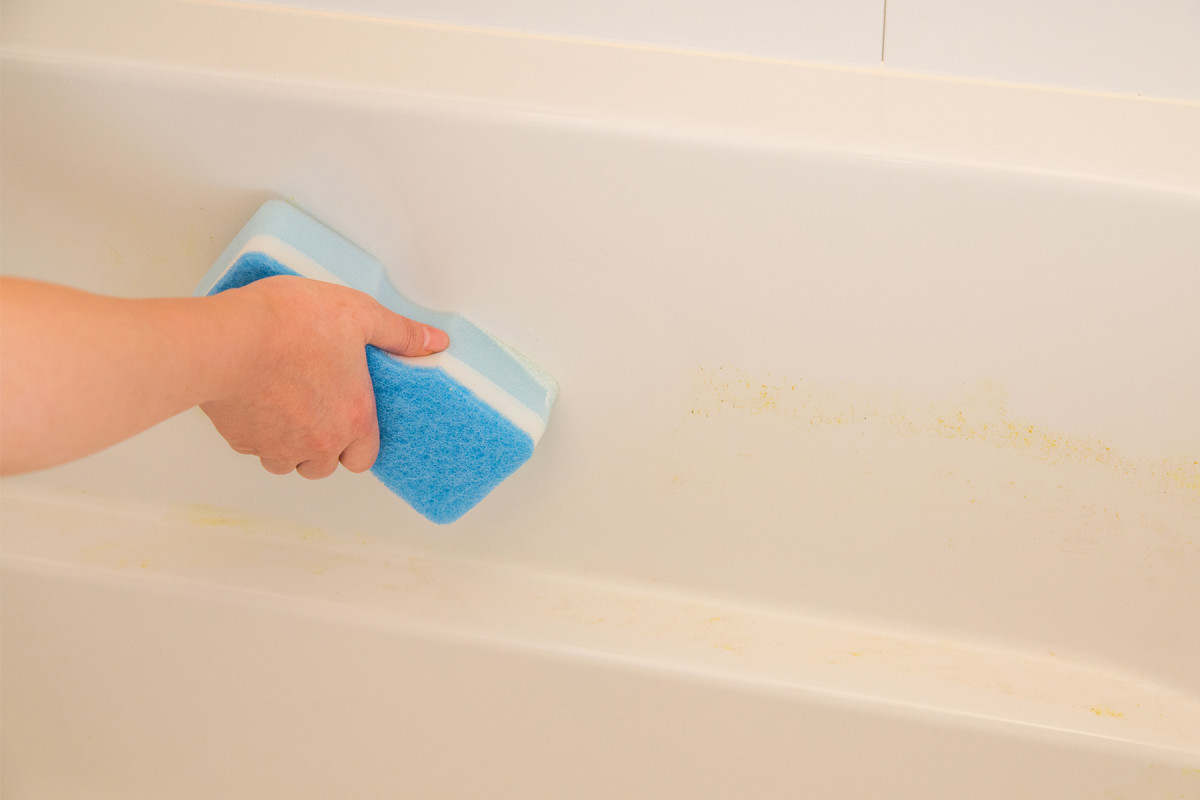
Dealing with Stubborn Stains
Despite your best efforts, some stains may prove to be exceptionally stubborn and resistant to standard cleaning methods. In such cases, more intensive approaches may be necessary. A pumice stone can be effective for removing tough stains, particularly on porcelain tubs. Wet the pumice stone and gently rub it over the stained area in a circular motion. Be cautious and test in an inconspicuous area first, as pumice stones can be abrasive. Magic erasers are another useful tool for tackling stubborn stains. Moisten the eraser and gently rub it over the stain, applying light pressure. For particularly resistant stains, commercial bathroom cleaners that contain stronger chemicals may be required. Always follow the manufacturer’s instructions and take appropriate safety precautions, including wearing gloves and ensuring proper ventilation. If all else fails, seeking professional cleaning services can provide a thorough and effective solution.
Maintaining a Pristine Tub
Maintaining a clean and inviting bathtub requires ongoing effort and vigilance. By incorporating preventive measures and regular cleaning routines, you can keep your bathtub looking its best with minimal effort. Develop a habit of quickly rinsing and wiping down the tub after each use to prevent soap scum and grime buildup. Use natural cleaning agents like baking soda and vinegar for routine maintenance, reserving stronger commercial cleaners for occasional deep cleanings. Pay attention to problem areas like grout lines and corners, where mold and mildew tend to accumulate. Regularly inspect the tub for signs of stains or damage and address any issues promptly to prevent them from worsening. By staying proactive and diligent, you can enjoy a sparkling clean bathtub that enhances the overall comfort and aesthetic appeal of your bathroom.
